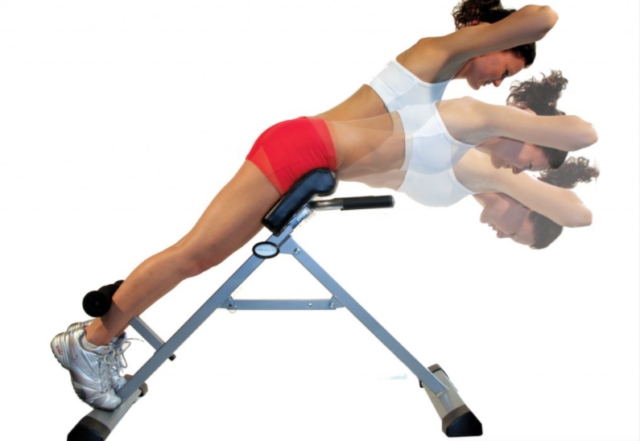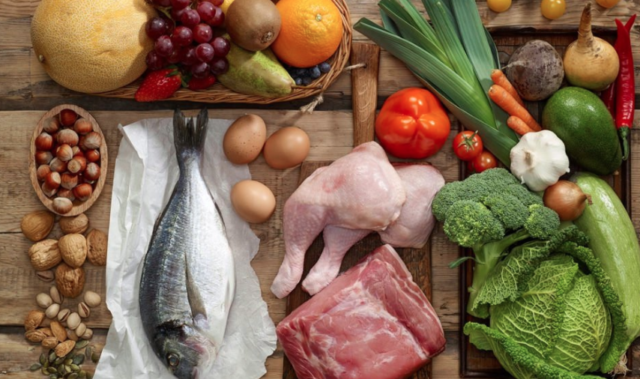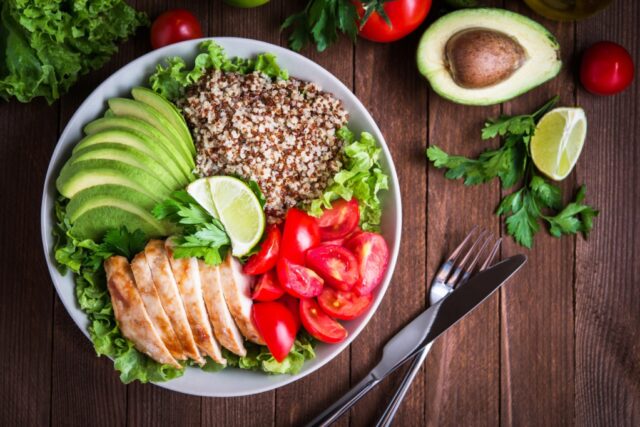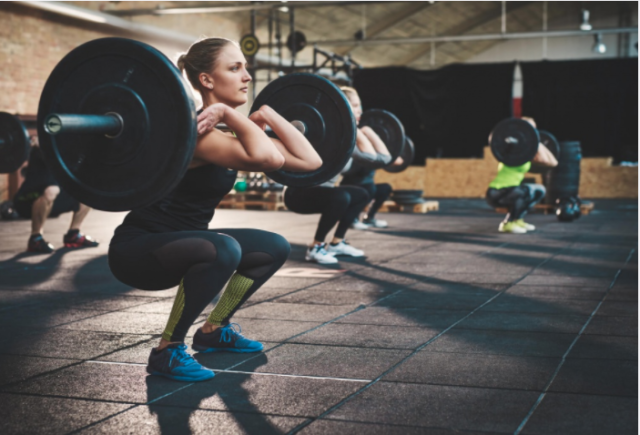HOW TO BUILD MUSCLE – MYTHS AND FACTS
Author: Ola Thomas | Category: Health

Doing sports should be correct. However, in the training of absolutely all athletes, regardless of the type of sport, there are myths and prejudices regarding the correctness of the exercise technique, the level of loads and some other important issues. In this regard, bodybuilding is no exception. We analyzed the 5 most popular myths passed by word of mouth by visitors to fitness rooms, and consulted with experts which of them have a scientific basis.
Myth 1. To build muscle, you need to do a minimum of
repetitions with maximum weights.
Lifting a barbell on a Scott benchIn fact, the opposite is true. The more weight, the more strength develops, but not muscle. The increased energy demand of the body is to blame for this – at maximum weights, it produces kartisol, which, in search of energy, begins to burn muscle tissue. As a result, the efficiency of the muscles increases, but their mass does not.
Ideally, workouts should contain 3-4 sets of 8-12 repetitions each.
Myth 2. First you need to do basic exercises,
after – isolating.
Isolated dumbbell liftIt is believed that first you need to completely “hammer” the whole body, and then separately exhaust each muscle. Supposedly, then they will be maximally loaded and grow faster than usual.
However, practice shows that the opposite should be done. According to the “principle of preliminary exhaustion”, the increased muscle growth is promoted by preliminary isolation exercises, and after basic exercises. Otherwise, strength will develop.
Myth 3. Muscles should be pumped with free weights,
and they should be shaped using simulators.
Chest muscle reliefThis statement is partly true. The point is that simulators are limited – they are far from always designed in such a way as to engage the entire muscle group.
In this regard, free weights are much more effective.
However, it is impossible to completely refuse from simulators, since only on them it is possible to pump muscles in isolation without using their assistant muscles.
Myth 4. You should not hammer
several muscle groups at once in one workout .
Deltoid musclesMany bodybuilders believe that in one workout, you should focus on only one muscle group. That is, for example, having started doing exercises on the chest muscles, you should forget about “pumping” your back. However, scientists have proven that grueling workouts on isolated body parts are much more harmful than complex exercises. The fact is that working to failure, the muscles wear out and become less elastic. Therefore, it makes sense to give up the last “finishing” 2-3 repetitions, and smoothly move on to exercises on other parts of the body.
Myth 5. Every time you have to give all the best.
Fatigue after exerciseIt is quite simple to understand the logic of this statement – the higher the intensity of the exercises, the faster the mass will be gained. However, in practice this is not at all the case. The maximum weight gain does not come from consistently grueling workouts, but from a sharp increase in working weights. That is, it makes sense after one full workout to carry out two with working weights that are 60-70% of the maximum. After resting, the muscles will be ready to “give their best”, which is the main principle of the bodybuilder’s training.
12 Dec 2020









